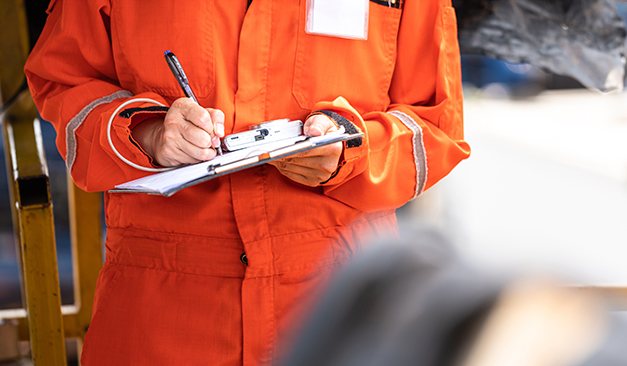Excitement About Dementia Fall Risk
Excitement About Dementia Fall Risk
Blog Article
The Basic Principles Of Dementia Fall Risk
Table of ContentsAn Unbiased View of Dementia Fall RiskDementia Fall Risk Fundamentals ExplainedDementia Fall Risk Fundamentals ExplainedThe Only Guide for Dementia Fall Risk
A fall danger assessment checks to see exactly how most likely it is that you will fall. The analysis typically includes: This consists of a collection of questions concerning your general health and if you have actually had previous falls or troubles with equilibrium, standing, and/or strolling.STEADI consists of screening, examining, and intervention. Treatments are recommendations that might decrease your danger of dropping. STEADI consists of three steps: you for your danger of falling for your risk variables that can be improved to try to stop falls (for instance, equilibrium troubles, impaired vision) to decrease your threat of dropping by utilizing reliable techniques (for example, providing education and resources), you may be asked numerous questions consisting of: Have you dropped in the previous year? Do you feel unstable when standing or strolling? Are you stressed over falling?, your provider will evaluate your stamina, balance, and gait, using the complying with fall assessment devices: This examination checks your stride.
Then you'll take a seat once again. Your company will certainly check for how long it takes you to do this. If it takes you 12 secs or even more, it may mean you go to higher risk for an autumn. This examination checks strength and equilibrium. You'll being in a chair with your arms crossed over your upper body.
The positions will obtain more difficult as you go. Stand with your feet side-by-side. Move one foot halfway forward, so the instep is touching the big toe of your other foot. Relocate one foot fully in front of the other, so the toes are touching the heel of your other foot.
The 6-Minute Rule for Dementia Fall Risk
Many drops happen as a result of several adding aspects; therefore, taking care of the danger of falling begins with recognizing the variables that add to drop risk - Dementia Fall Risk. A few of the most pertinent threat elements consist of: Background of previous fallsChronic medical conditionsAcute illnessImpaired gait and equilibrium, reduced extremity weaknessCognitive impairmentChanges in visionCertain risky medicines and polypharmacyEnvironmental factors can additionally boost the risk for drops, including: Inadequate lightingUneven or damaged flooringWet or slippery floorsMissing or damaged hand rails and get hold of barsDamaged or improperly equipped devices, such as beds, mobility devices, or walkersImproper use assistive devicesInadequate supervision of the individuals staying in the NF, consisting of those who exhibit aggressive behaviorsA successful autumn danger administration program needs a detailed medical evaluation, with input from all participants of the interdisciplinary team

The treatment strategy ought to additionally consist of interventions that are system-based, such as those that promote a risk-free environment (appropriate lighting, hand rails, grab bars, etc). The performance of the treatments should be evaluated regularly, and the treatment plan revised as necessary to show adjustments in the loss danger analysis. Implementing an autumn danger management her comment is here system using evidence-based ideal method can reduce the occurrence of falls in the NF, while limiting the capacity for fall-related injuries.
Everything about Dementia Fall Risk
The AGS/BGS guideline suggests screening all adults aged 65 years and older for fall danger yearly. This testing contains asking clients whether they have dropped 2 or more times in the previous year or sought clinical interest for an autumn, or, if they have not fallen, whether they feel unstable when walking.
People who have actually fallen as soon as without injury needs to have their balance and stride examined; those with gait or balance problems should obtain added evaluation. A history of 1 autumn without injury and without stride or balance problems does not warrant further evaluation beyond continued annual fall threat screening. Dementia Fall Risk. A fall danger assessment is needed as component of the Welcome to Medicare evaluation

Unknown Facts About Dementia Fall Risk
Recording a drops background is one of the top quality signs for fall avoidance and monitoring. Psychoactive medicines in particular are independent predictors of drops.
Postural hypotension can typically be alleviated by lowering the dose of blood pressurelowering medications and/or quiting drugs that have orthostatic hypotension as an adverse effects. Use of above-the-knee assistance hose and resting with the head of the bed boosted might likewise decrease postural decreases in blood stress. The advisable elements of a fall-focused checkup are displayed in Box 1.

A TUG time above or equivalent to 12 secs suggests high autumn risk. The 30-Second Chair Stand examination evaluates lower extremity toughness and balance. Being unable to stand from a chair of knee elevation without utilizing one's arms shows enhanced autumn danger. The 4-Stage Equilibrium test assesses static equilibrium by having the individual stand in 4 settings, each progressively a lot more difficult.
Report this page